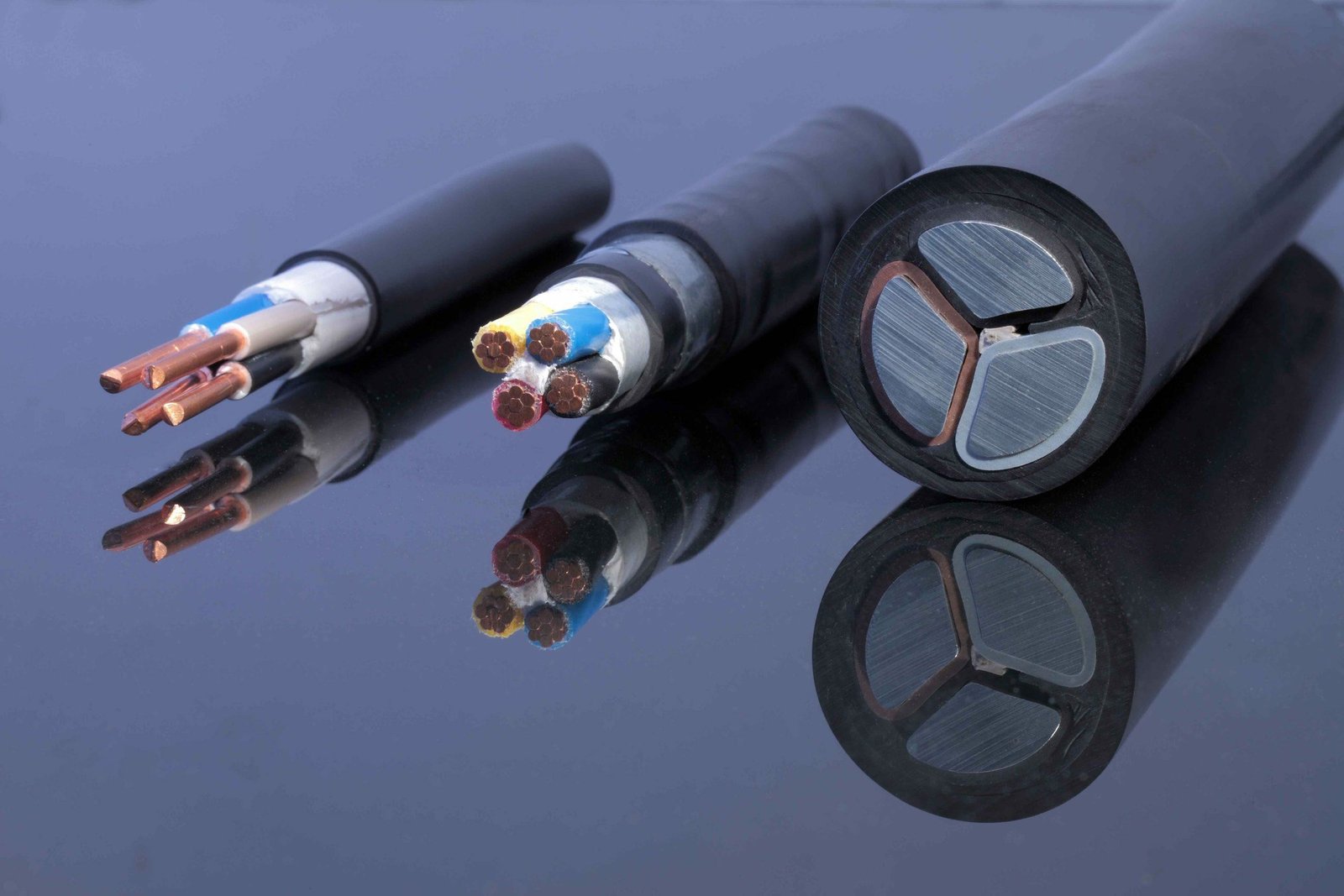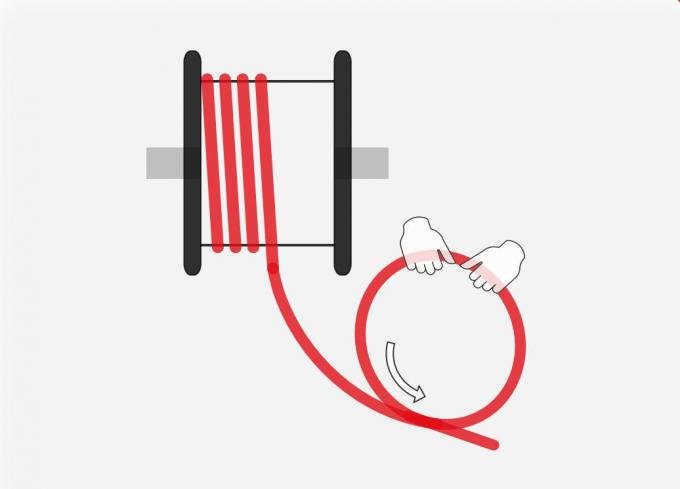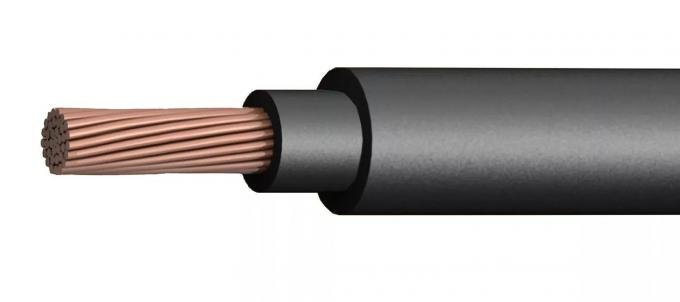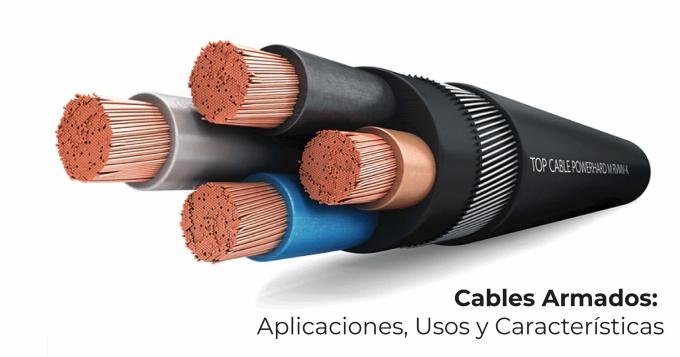

In the world of electrical engineering, ensuring the efficiency, reliability, and safety of power transmission systems is critical. One crucial component that plays a significant role in this process is the conductor shield.
While its presence may go unnoticed in the day-to-day operation of electrical systems, the conductor shield serves a fundamental function that directly impacts the performance of cables, especially in high-voltage applications.
In this article, we'll explore why the conductor shield is needed, its role in preventing electrical failures, and how it enhances both efficiency and safety.
Additionally, we will delve into the influence of magnetic fields on circuit transmission and examine the different types and materials used for conductor shielding.
At its core, the conductor shield is a layer of material—usually a semiconducting or metallic layer—that surrounds the conductor of a cable. This shielding layer is essential for ensuring the safe and efficient operation of electrical systems by providing several key benefits:
One of the primary purposes of a conductor shield is to control the electric field within a cable. In cables, electric fields are generated around the conductor as current flows through it. These fields can create stress points on the insulation layer, which can lead to dielectric breakdown and failure over time.
The conductor shield ensures that the electric field is evenly distributed across the insulation, reducing the likelihood of these stress points. By providing a smooth interface between the conductor and the insulation, the shield prevents localized high electric fields, thereby enhancing the overall durability and lifespan of the cable.
Insulation plays a critical role in preventing electrical leakage and protecting the cable from external elements. However, without a conductor shield, the insulation would be directly exposed to uneven electric fields, which can degrade the insulation material over time. The presence of a conductor shield helps maintain the integrity of the insulation, improving its performance under high-voltage conditions.
In simpler terms, the conductor shield acts as a buffer between the high-voltage conductor and the insulation, making sure the insulation material doesn't get worn down by uneven electrical stresses. This not only prevents premature aging of the cable but also reduces the risk of failures in the system.
In many cases, conductor shielding also helps reduce electrical noise and interference. When an electrical current passes through a conductor, it generates both electric and magnetic fields. These fields can interact with nearby equipment or other cables, causing interference and reducing the overall efficiency of the electrical system.
By using a conductor shield, this interference can be minimized, allowing for a cleaner signal and more reliable transmission. This is particularly important in applications where sensitive equipment is involved, such as in communication systems or control circuits, where even small amounts of interference can lead to significant disruptions.
The use of a conductor shield also plays a crucial role in improving safety. By reducing the risk of electric field concentration and minimizing interference, the shield helps prevent arcing, short circuits, and electrical faults that could otherwise lead to accidents, fires, or damage to equipment.
In high-voltage systems, where electrical stresses are magnified, the conductor shield acts as an essential protective barrier, safeguarding both the electrical infrastructure and the personnel who work with these systems.

Understanding the role of the conductor shield requires us to also examine the effects of magnetic fields on circuit transmission. When current flows through a conductor, it generates a magnetic field around it, according to Ampère’s Law. This magnetic field can have both positive and negative effects on the performance of the circuit.
One of the most significant impacts of magnetic fields on circuit transmission is inductive coupling, where the magnetic field from one conductor induces a voltage in an adjacent conductor. This can lead to signal interference and crosstalk, which is particularly problematic in high-frequency or sensitive circuits.
Without proper shielding, these induced voltages can distort the signals being transmitted through the cable, reducing the accuracy and reliability of data or power transmission.
The conductor shield helps to contain the magnetic field generated by the current in the conductor, preventing it from affecting nearby equipment or other cables. This containment is especially important in environments where multiple electrical systems operate in close proximity, such as in industrial settings, data centers, or power stations.
By containing the magnetic field, the conductor shield ensures that the electrical system operates efficiently and with minimal interference, improving the overall performance of the circuit.
Now that we’ve explored the benefits of conductor shielding, let’s take a closer look at the different types of conductor shields and the materials used to manufacture them. Understanding these differences is crucial for selecting the right cable for a specific application.
The most common type of conductor shield is the semiconducting shield, which is made from a semiconductive material that allows for a controlled flow of current. This type of shield is typically used in medium-voltage and high-voltage cables, where it helps manage the electric field and prevent dielectric breakdown in the insulation.
Semiconducting shields are usually applied as an extruded layer over the conductor, ensuring a smooth interface between the conductor and the insulation. This smoothness is critical for eliminating voids and gaps that could otherwise create electric field concentrations and lead to cable failure.
In some applications, a metallic shield may be used instead of, or in addition to, a semiconducting shield. Metallic shields are typically made from materials like copper or aluminum and are used in situations where high levels of interference or noise reduction are required.
Metallic shields work by providing a low-resistance path for the magnetic fields generated by the current, helping to contain and dissipate these fields. This type of shielding is commonly used in communication cables, control cables, and instrumentation cables, where signal integrity is critical.
Another option is the laminated shield, which is made from layers of metal foil and plastic. This type of shield is often used in cables that need to be lightweight and flexible, such as those used in aerospace or automotive applications.
The laminated shield provides excellent electromagnetic interference (EMI) protection while maintaining the flexibility and durability needed for these types of environments.

With various types of shielding materials and configurations available, it’s essential to choose the right conductor shield based on the specific requirements of your application. For instance, semiconducting shields are ideal for high-voltage power cables, while metallic shields may be better suited for communication systems that require noise reduction.
Additionally, environmental factors like temperature, humidity, and physical stress must be considered when selecting a shield material. By understanding the specific electrical and environmental demands of your application, you can make an informed decision on the type of conductor shield that will provide the best performance and longevity.

In summary, the conductor shield is an essential component in electrical cables, providing a wide range of benefits, from electric field control and insulation protection to noise reduction and safety enhancement.
Whether you’re working with high-voltage power systems, communication networks, or control circuits, adding a conductor shield can significantly improve the efficiency, reliability, and safety of your system.
Understanding the impact of magnetic fields on circuit transmission and selecting the right type of shield—whether it be semiconducting, metallic, or laminated—will ensure that your electrical system operates at peak performance, regardless of the challenges it faces.
When planning your next project or upgrading your current infrastructure, remember to choose the right conductor shield for your specific needs, and enjoy the benefits of a safer, more efficient electrical system.